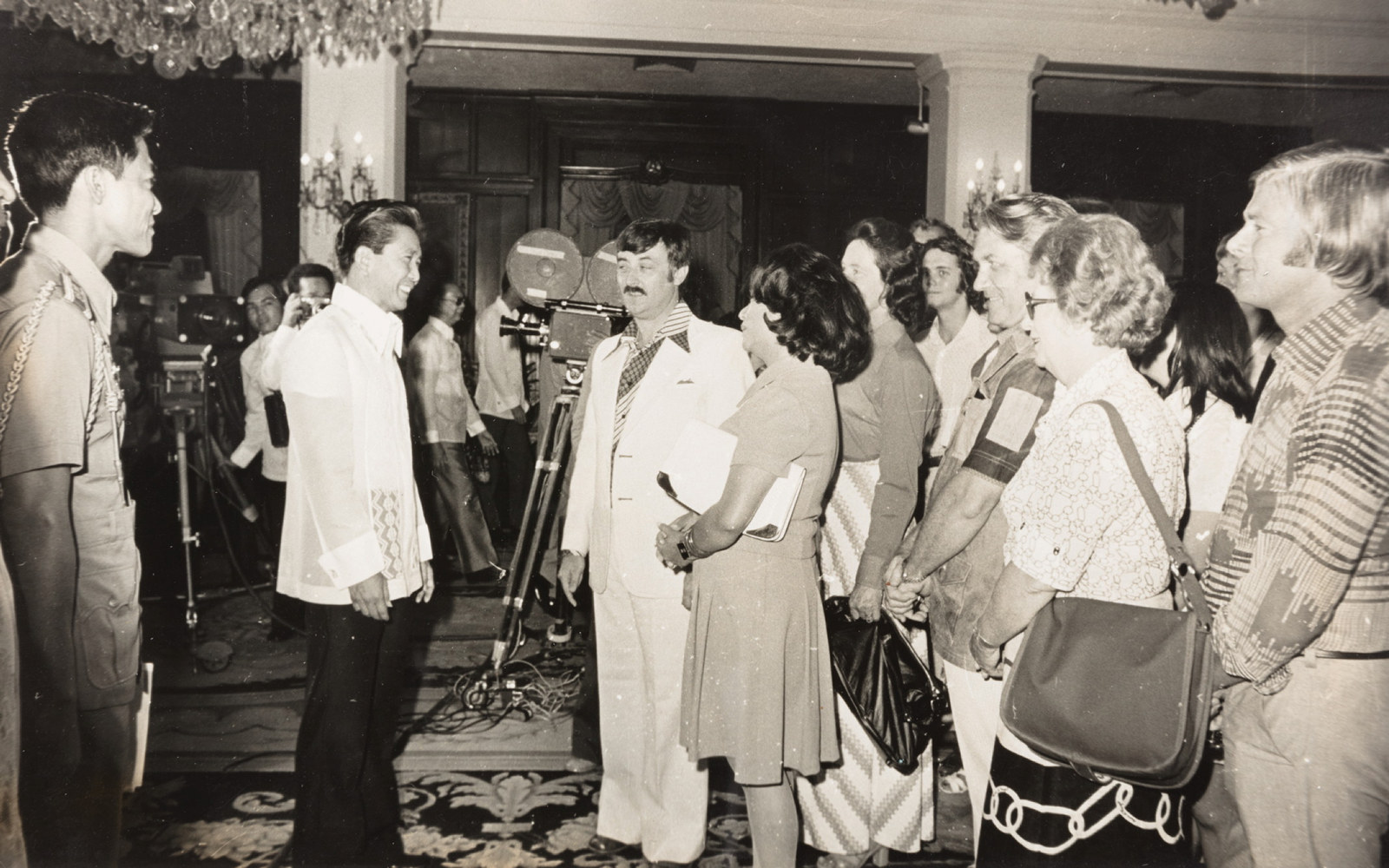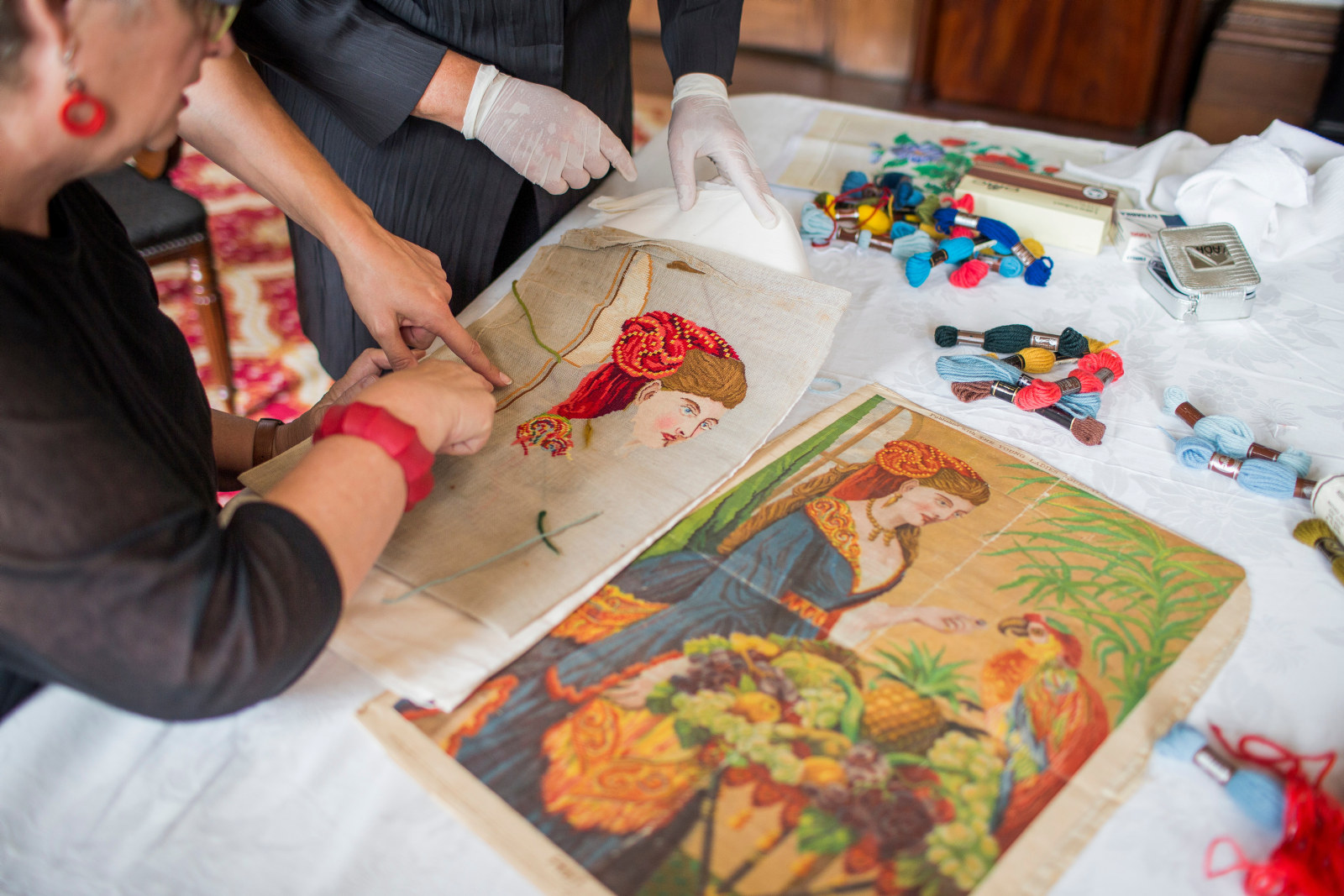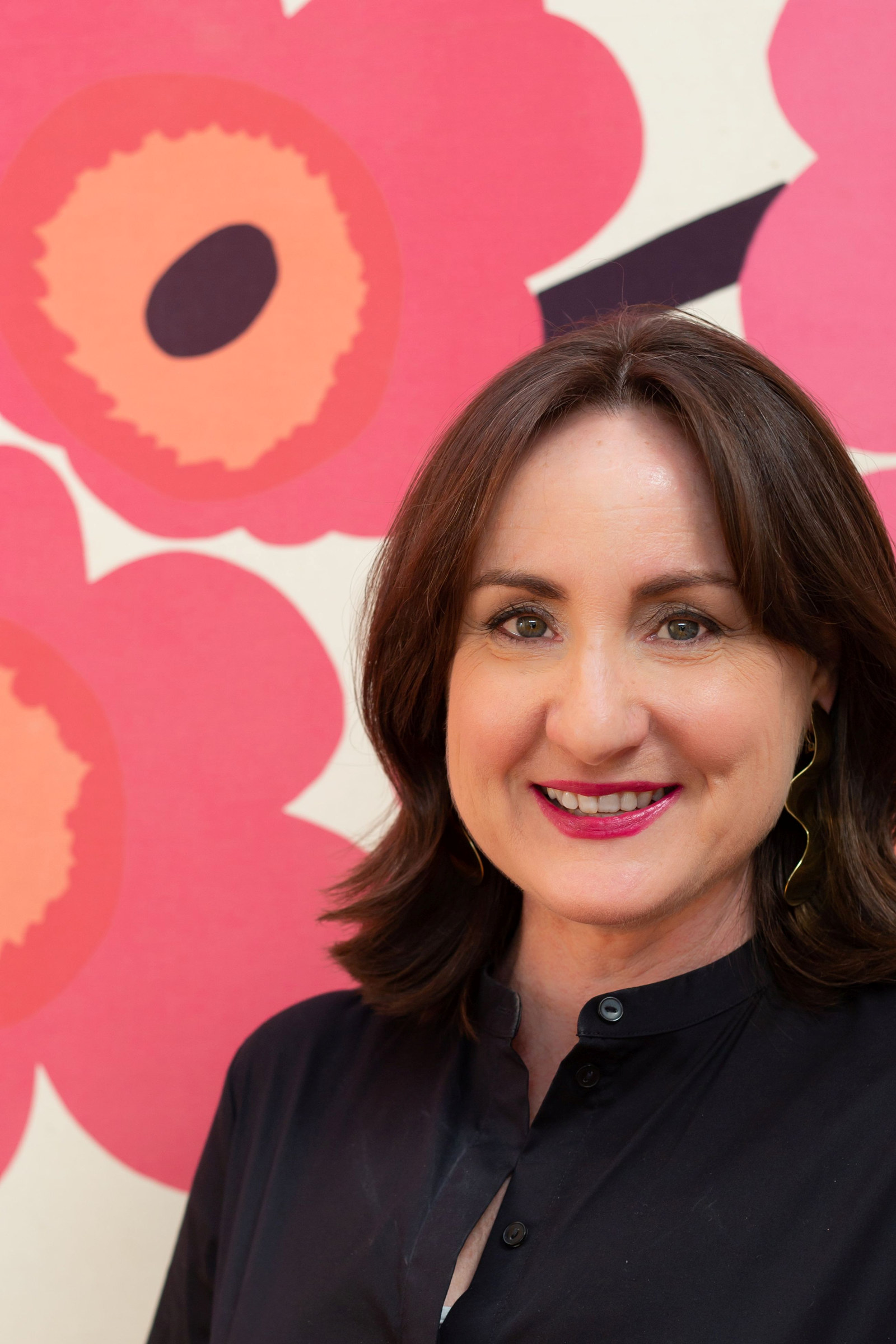The Society of Interior Designers of Australia (SIDA)
A small group of interior designers first met in December 1950 at the Woollahra home of Marion Hall Best to form a society to raise the standard of interior design in Australia.
They were Mary White, Don Johnston, Edmund Dykes, Don Shaw, Stuart Low, Margaret Lord and Marion Best. In 1951 a larger group met at Merioola, Woollahra to found the Society of Interior Designers. The post-war boom in home ownership which heightened public interest in interior decoration and the participation of women in the workforce provided impetus for members to take control of the elevation of their profession.
The new group was part of a growing local and international movement. The Society of Designers for Industry had been founded in Melbourne in 1948 and by 1950 industrial designers also had their own associations in Sydney and Melbourne. The label ‘designer’ rather than decorator was used by a professional body as early as 1936.
In the early 1950s, the Society of Interior Designers concentrated on an essential goal to communicate to the public the purpose and cost of employing an interior designer. The training, expertise and wholesale advantage – comparable to architects - of its small but diverse membership was emphasised. Their most effective tool was popular exhibition room displays, the first in 1953, which brought considerable press coverage. Exhibition rooms continued to be mounted as a promotional tool well into the 1980s, though the charities the Society originally partnered with were superseded by corporate sponsors and magazines.
The organisation was initially called the Society of Interior Designers (SID) but with the addition of 'Australia' to the name in 1964, the acronym changed to SIDA (ie. Society of Interior Designers of Australia). By 1964 SIDA was incorporated as company law demanded greater accountability. But the mission remained the same: ‘to advance the standards of interior design and decoration, to uphold a code of ethics and professional practices, to promote educational programmes with a view to improving the art of interior design and decoration.’ A new generation of hard working committee members joined the founders, including Leslie Walford, Barry Little, Joyce Tebbutt, Merle du Boulay and Barbara Bridges.
A consistent aim of SIDA was to determine the defining qualifications of an interior designer – who could join and who could not; and to maintain high ethical standards, to which members were actively held. Design diplomas had been offered at East Sydney Tech since the 1930s, but without specialist qualifications in interior design, SIDA felt a responsibility to provide the benchmark for professional standards. Membership, of which there were a variety of grades to accommodate students, tradespeople and professionals, was regarded as a valuable asset for those designers entitled to use the letters MSIDA and display the SIDA emblem. Mary White developed a rigorous application process in the 1960s. Members who deviated from the Code of Ethics were reprimanded and occasionally expelled –in the absence of specialist degree qualifications, much was at stake.
By the late 1960s and 1970s, with membership rising and public acceptance no longer an issue, greater energy was directed to a range of outward looking activities. Professional development was undertaken with lectures, for example on professional indemnity and insurance or guidelines for fee structures as well as design awards. Seminars were often held interstate, where branches had been established in Queensland, Victoria, South Australia and Western Australia. Overseas affiliations were established and tours and conferences, including to the Philippines, Singapore, the Pilbara, California and Hawaii, the Adelaide Festival, France and Italy held to cement professional links and see the latest design.
Education became a priority. SIDA was instrumental in the development of the curriculum for the interior design certificate offered at Randwick Tech from 1975 and the MA in Interior Design at Sydney College of the Arts from 1980. Many other short courses were offered by private colleges in Sydney from the 1960s, but SIDA was scrupulous in maintaining its independence, preferring to advise the state institutions on courses relevant to the needs of the profession. Support of students came through scholarships, prizes and work placements.
SIDA met once a month, initially in designer’s homes, later in venues such as the Building Information Centre and eventually in offices in Edgecliff. An Executive was elected every year, with key positions sometimes hotly contested – prestige and desire to influence the direction of the organisation became sought after in the 1970s. The late 1960s witnessed the return to the Executive of several of the earliest members – Mary White, John Hall, Ed Dykes and Don Johnston, veterans of the 1951 meeting, all returned to take up duties, some serving for many years. New faces emerged to serve SIDA: Anthony Morris, John Duffecy, Sheila Thomas, Tom Terry and Ron Sabien all took committee roles in the late 1960s and early 70s. Barry Little and Leslie Walford remained the driving forces behind SIDA’s mission, working towards improved education and professionalism.
Sub-committees on education, exhibition rooms, publicity and social events worked hard to generate income and fulfil the mission of the society. Membership continued to occupy SIDA in every decade and the Memorandum and Articles 1964, were amended in 1979 and 1984 on topics such as objects, nomenclature, membership and ethics. Distinctions between full (active), junior, associate and (trade) membership preserved the Society as a peak professional body against pressure to become an industry association. Members represented a variety of designers, including traditional and avant-garde practitioners. The 1970s saw a rapid increase in younger, independent designers, and a geographical shift from a variety of CBD and suburban locations to Paddington and Double Bay.
A long standing goal of SIDA, a headquarters to meet, exhibit, hold lectures and social events, was achieved in 1977 with the purchase of 2 Paddington St, Paddington, a converted bakery. Donors to the purchase included some of the members present at the first meeting in 1950. The National Headquarters operated until it was sold in the late 1980s.
In 1970 Mary White noted there were 70 full (active) members. The 1971 Rooms On View catalogue lists 100 full members, four probationary and 40 associate. In 1973 there were 113 full members and 22 trade associates, though published lists tended to underestimate numbers.
In 1998, both SIDA and the Australian Textile Designers Association amalgamated with the Design Institute of Australia (DIA) under the DIA name. The DIA now became the body that represented the interests of interior designers. At the same time, SIDA changed its name to The SIDA Foundation with a limited role as a type of Trust to provide money for scholarships, seminars and other worthwhile purposes involving interior design and decoration. In 2017, the SIDA Foundation was deregistered and its assets disbursed.
SIDA’s history has sometimes been misrepresented. Documentary history reveals that SIDA was not, as is sometimes recalled by former members, primarily a social group, but the peak body for interior designers, whose aims of raising standards were exceeded by their contribution to the acceptance and authentication of their profession. Because they decided who could be defined as an interior designer, what constituted an interior designer, what standards, ethics and protocols they should observe, SIDA helped establish the industry in its years of development, helped educate and train it in its years of growth and created a legacy in its maturity.
Related
Browse all
A Little archive that tells a big story
Ahead of his time, interior designer Barry Little had a significant influence on Australian interiors in the 1960s and 70s

A new phase of life for Marlborough Hall
Historical research informs contemporary design, helping to give this original art deco apartment block a new lease on life

A stitch in time
Tatting, knotting, knitting, pin-tucking, crocheting, pinking, stitching, stuffing, embroidering … needles fly at Elizabeth Bay House
Published on
